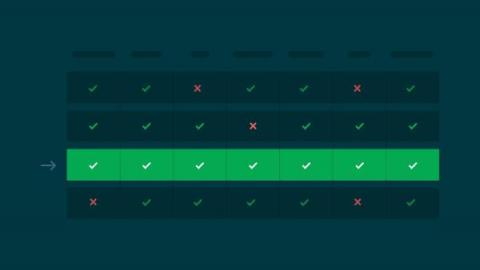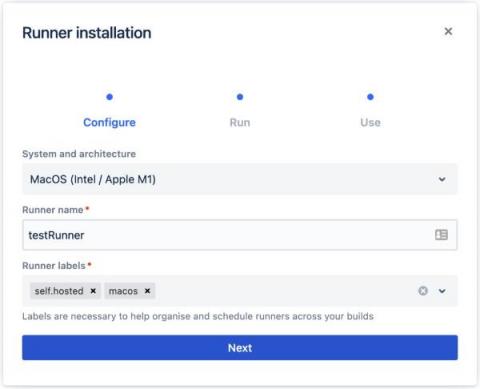Operations | Monitoring | ITSM | DevOps | Cloud
CI CD
The latest News and Information on Continuous Integration and Development, and related technologies.
Understanding and Implementing a Software Bill of Materials
Software programs today can be likened to a complex stew, with multiple ingredients sourced from disparate places. In software, open-source tools are a major ingredient. According to the 2020 Open Source Security and Risk Analysis (OSSRA) report produced by the Synopsys Cybersecurity Research Center, 99 percent of the codebases contain at least one open source component, with open source comprising 70 percent of the code overall.
Continuous integration for Go applications
Go, an open-source programming language backed by Google, makes it easy to build simple, reliable, and efficient software. Go’s efficiency with network servers and its friendly syntax make it a useful alternative to Node.js. All network applications need well-tested features, and those developed in Go are no different. In this tutorial, we will be building and testing a simple Go blog.
What is end-to-end testing?
End-to-end testing, also known as E2E testing, is a methodology used for ensuring that applications behave as expected and that the flow of data is maintained for all kinds of user tasks and processes. This type of testing approach starts from the end user’s perspective and simulates a real-world scenario. For example, on a sign-up form, you can expect a user to perform one or more of these actions: You can use end-to-end testing to verify that all these actions work as a user might expect.
Announcing the beta for MacOS Runners in Bitbucket Pipelines
Automate the deployment of FeathersJS apps to Heroku
Automation goes beyond just building solutions to replace complex or time-consuming manual processes. As the popular saying goes, “anything that can be automated should be automated.” For example, deploying updates to applications can and should be automated. In this tutorial, I will show you how to set up hands-free deployment of a FeathersJS app to Heroku.
How mission critical services build for failure ft. Hector Aguilar of Okta
Your SpringShell (Spring4Shell) Remediation Cookbook Using the JFrog Platform
How to automate verification of deployments with Argo Rollouts and Elastic Observability
Shipping complex applications at high velocity lead to increased failures. Longer pipelines, scattered microservices, and more code inherently lead to bigger complexity where small mistakes may cost you big time.











